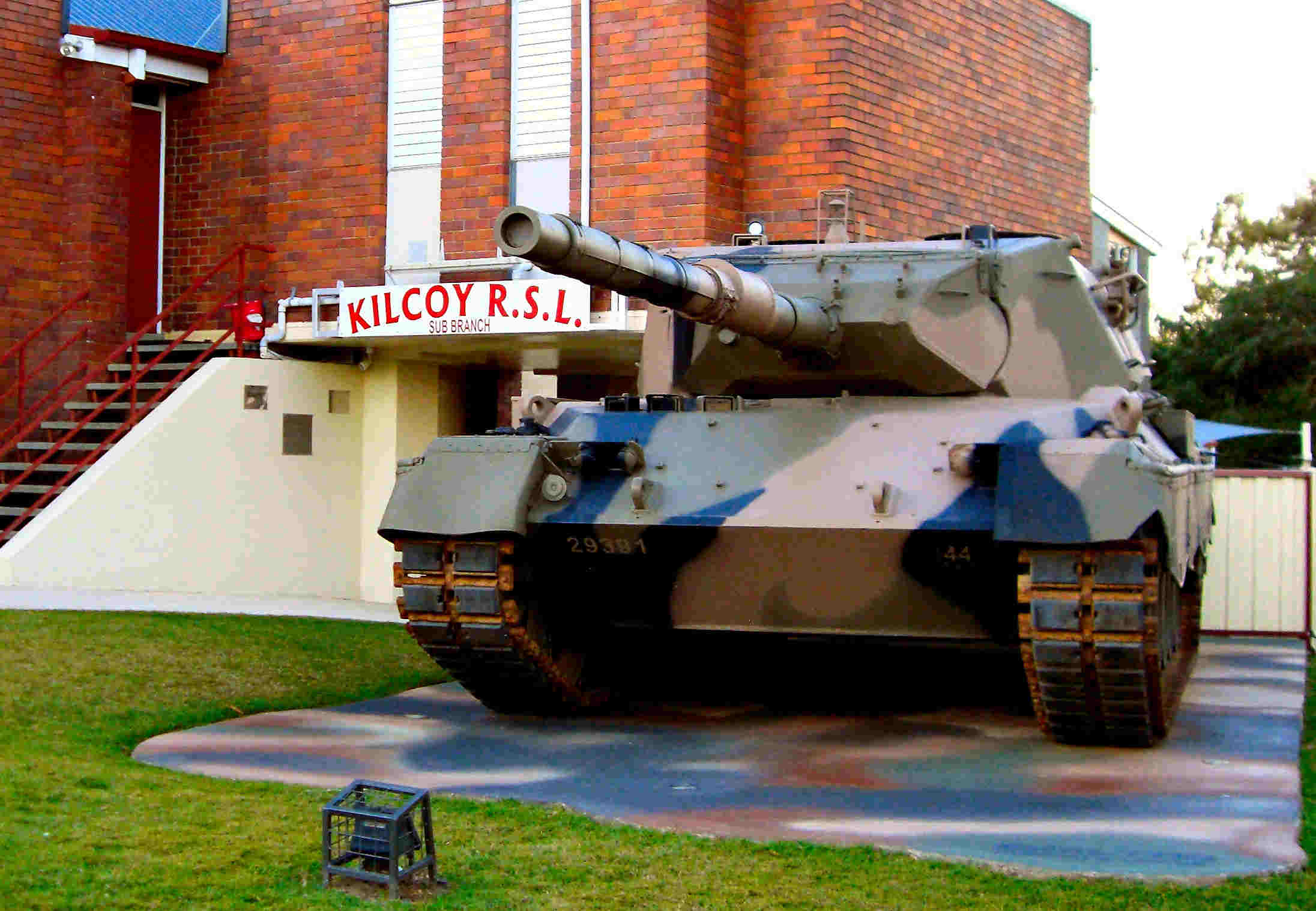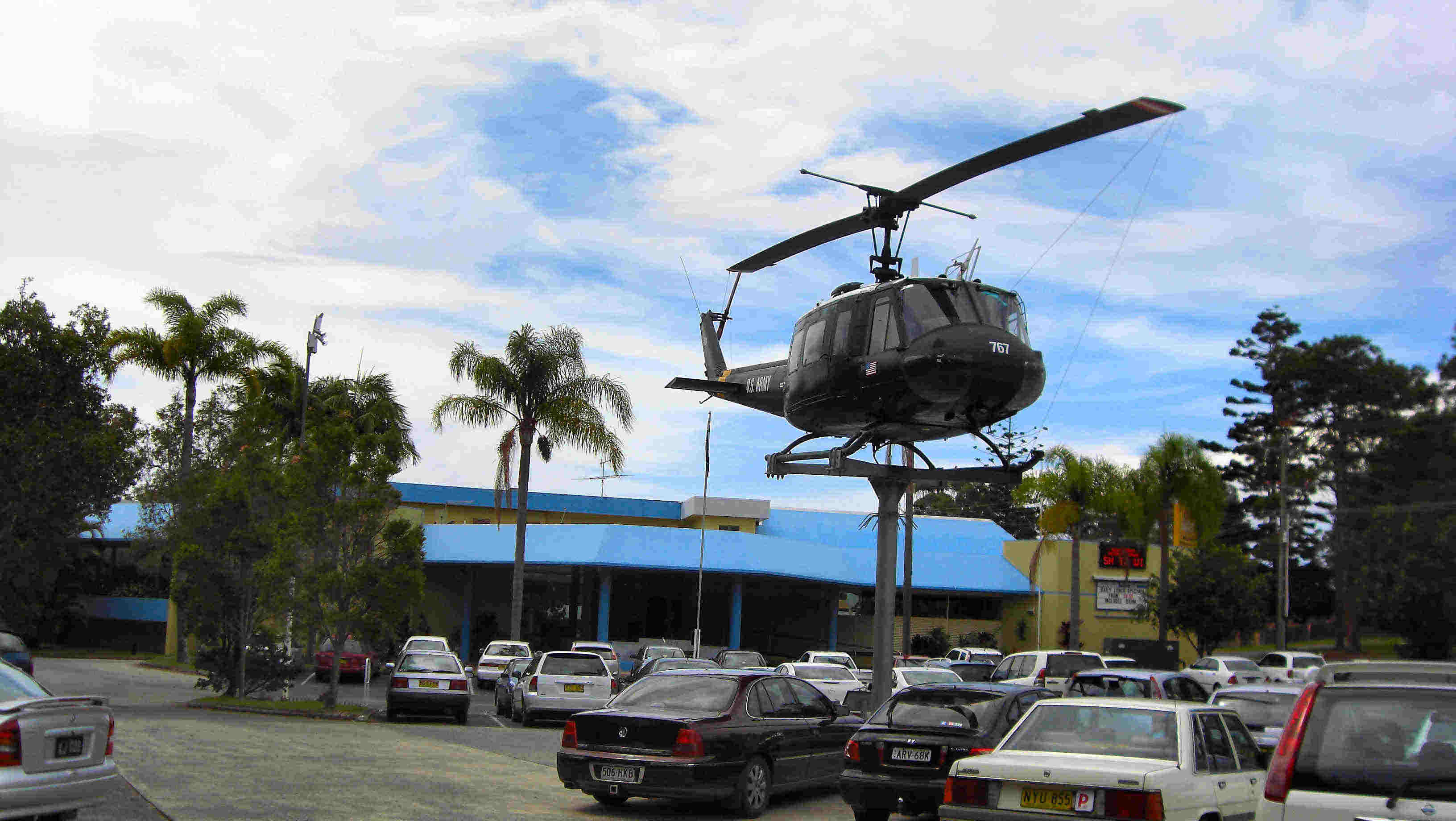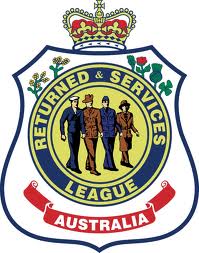|
Radschool Association Magazine - Vol 36 Page 14 |
|
Privacy Policy | Editorial Policy | Profit Policy | Join the Association | List of Members | Contact us | Index | Links | Print this page |
|
|
|
VP Day
VP Day, (Victory in the Pacific) is celebrated each year on the 15th August and celebrates the day the Emperor of Japan announced that Japan would cease all hostilities and accept the Allies demand of unconditional surrender, thus ending the Second World War.
The Surrender was signed on the 2nd September on the US Battleship, the USS Missouri which was at anchor in Tokyo Bay. That day became known as VJ Day (Victory over Japan)
Just after 9.00am, on the 15th August,1945, the Prime Minister, Ben Chifley, announced to Australians that Japan had agreed to surrender and that the war was over. This was the catalyst for all of Australia to celebrate, Brisbane St in Launceston, Martin Place in Sydney, Bourke St in Melbourne, Queen Street in Brisbane and main streets in other cities were filled with happy people dancing and cheering the historical occasion.
In 1982, the Japanese adopted the day as "the day for mourning of war dead and praying for peace"
The Kedron-Wavell RSL
Sub-Branch, in the northern subu
Ron is 90 years old now and
still has clear memories of his RAAF career. He joined the RAAF in 1941
and did his basic flying instruction/weed out trials at Temora in NSW
then it was down to Pt Cook for advanced training. He gained his wings,
was promoted to Sgt, then was posted to 83 Squadron which had been sent
to the north of Australia to ‘look after’
After the war, ended he moved onto Mustangs, but he reckons he still has a fondness for the old Boomerang.
He was commissioned in the early 1950’s, converted onto the Lincoln and was then posted to Malaya with 1 Sqn. He finally retired in 1955, with the rank of Flt Lt while on a posting to Richmond.
After the RAAF, he joined Butler Air Transport and flew the DC3 and the DC4 and in 1959 when Ansett acquired Butlers, he moved onto the Short S-25 Sandringham aircraft and flew the Sydney to Lord Howe leg.
Today he is happily retired, living in Brisbane and looks forward to these events where he can meet up with people from his era and swap and perhaps embellish memories. |
|
|
|
L-R: Rod Single, Ron McDonell and John “Sambo” Sambrooks. |
|
At the end of the war, Ron and his Squadron returned to Sydney and the Squadron performed a fly-past over the city – Ron is in the aircraft arrowed.
Rod Single, above, was in the Army from 1980 to 2000 and served as an Engineer. He retired from the Army as a Staff Sergeant and is now the Ceremonial and Transport committee member for the Kedron Wavell Sub-Branch.
Also at the Ceremony were Nancye Foster and Joan Maloney.
During the War, Nancye was with the AWAS (The Australian Woman’s Army Service) which had been formed in 1941. The AWAS recruited women between the ages of 18 and 45 and it was initially envisaged they would serve in a variety of roles including clerks, typists, cooks and drivers. During the war a total of 24,026 women enlisted (with a maximum strength of 20,051 in January 1944).
The AWAS had 71 barracks around the country and as was the norm at that time, the girls were paid wages equal to two-thirds that of their male equivalent.
The AWAS had their own rank and administrative arrangements and they reported to the Chief of General Staff (CGS). The Commanding Officer or "Controller" of the AWAS was equivalent to a Lieutenant Colonel.
In 1943 Nancye was posted to the 52 Australian Anti-aircraft Searchlight Battery which was established on Castle Hill at Townsville. She says the conditions were ‘not too good’, everyone worked and lived on the rock and back then there was no sealed road – only a gravel track. Everyone lived in tents and all in all, she said, it was not a time to look back on favourably. |
|
|
|
L-R: Nancye Foster and Joan Maloney |
|
Joan joined the Army in 1952 and served at a Clerk until 1956. She spent that time at Pinkenba, a Brisbane suburb on the Brisbane river. |
|
|
|
The Kedron Wavell Services Club and below, the wreaths that were laid at the memorial in front of the Club, in memory of those that had given their all in defence of Australia. |
|
|
|
One good thing about old age – it doesn’t last long.
|
|
Vietnam Vets Day.
The 18th August, formerly known as Long Tan Day and which was originally set aside to commemorate the heroic deeds performed by the 6th Battalion on that day back in 1966, was changed in 1988 to Vietnam Veterans Day. The Government of the day, led by Prime Minister Bob Hawke, announced its commitment to commemorate Australia's Vietnam Veterans, with the first Vietnam Veterans' Day coinciding with the 22nd anniversary of the Battle of Long Tan. |
|
|
|
This year the Caloundra RSL played host a large group of Veterans, men and women from the Army, the Navy, the RAAF and from the Merchant Marine, gathered at the club to commemorate that dreadful war they experienced all those years ago.…… |
|
|
|
Mid morning, the men and women assembled in the Club’s car park and marched through the car park down to the Club’s Memorial area to the tune of the band provided by the students from St Andrews Anglican College at Perigian Springs.
Young men from the 223 Air Cadet Squadron at Caloundra provided the guard of honour and we had the pleasure of meeting a few of these young blokes and shared 2-3 hours with two of them at the luncheon that followed the ceremonies and going by the calibre of these young blokes we can honestly say that future Australia is in pretty good hands. They were a credit to their parents and to their school.
|
|
|
|
|
|
The band and choir St Andrews Anglican College sang the Australian National Anthem and provided the music for the NZ anthem and Mal Sayers, the Vice President of the Sunshine Coast Vietnam Veterans Association, read the ode at the Ceremony.
|
|
|
|
|
|
At about midday, the Vets gathered in the Club’s Function Centre for some cold refreshment, to meet old friends, some of which had not seen each other for many years, to relive and reminisce unforgettable memories and to share a wonderful lunch.
|
|
|
|
|
|
Left, Dave Fitzgerald, who was an eleco with 5 Sqn for many years before he transferred to 36 Sqn as a Flight Engineer and Tony Ferris who was with 34 Sqn, in their Tech Publications section, until he took his D in 1985. Tony is on the Committee of the Caloundra RSL Sub-Branch.
|
|
|
|
Bill Bunter, and his lovely wife Diane. Bill was a Cpl Radtech with 9 Sqn in Vung Tau from April 1968 to April 69. He went through Laverton on his Mechs in 1962 and went back for this Techs in 1964. After Laverton, he was posted to Willlytown, then to 9 Sqn, then back to AFTS at Pearce and after his 6 years he took his discharge. Bill is on the Committee of the Caloundra RSL Services Club and the RSL Sub-Branch. |
|
|
|
Alan Curr was a Flg Off Navigator on the Canberras with 2 Sqn in Phan Rang back in 1969-70 after which he went to 37 Sqn, did 3 trips back to Vietnam then was posted to Amberley with the F111, where he spent (he says) 10 wonderful years. He was the envy of most of us having two beautiful girls from Quantum Rettab at his table. The girls are (left) Cherie D’Andrea and Georgie Walshe. |
|
|
|
Back row, Bruce and Heather Fraser, Front, Mal Sayers, who needs no introduction, his lovely friend Joan Blinco and the irrepresable John Broughton. |
|
Bruce was with the Army Engineers, 1 Troop, 1 Field Sqn at Nui Dat from 1970-71 and had the unenviable task of clearing mines. He is also an excellent piper and provided the piped music at the ceremony. His wife Heather was seated next to and given the task of keeping John Broughton under control – she failed miserably and reckons Bruce’s job in Vietnam would have been easier.
|
|
|
|
L-R: Max Baxter, Ingo Meier, Bob McInnes
|
|
Max Baxter was a Sgt Framie with 9 Sqn in Vung Tau from March 1968 to March 1969, Ingo Meier was a Cpl Framie with 9 Sqn from July 1967 to July 1968. In 1975 he was commissioned, spent some time at OpsCom then went to Egypt with 4 of 5 Sqn’s aircraft for service with a United Nations peace-keeping force. Bob McInnes was a Clerk E with 9 Sqn from 1963 to 1966, then went to 5 Sqn in Canberra and did a stint in Malaya. He is on the Committee of the Caloundra RSL Services Club and the RSL Sub Branch.
These three blokes are working on the restoration of Iroquois A2-1022.
|
|
The reason lightning doesn’t strike twice in the same place is that the same place isn’t there the second time.
|
|
A2-1022
On 18 August 1966, Iroquois A2-1022 was involved in the most significant Australian action of the Vietnam War. D Company of the 6th Royal Australian Regiment (6 RAR) was tasked with sweeping the area around the small village of Long Tan which was about 4Klms from Nui Dat. Soon over 2,500 enemy troops had enveloped the 108 soldiers of D Company and the Australians faced being over-run if they could not be re-supplied with ammunition. Two helicopters of No 9 Squadron (A2-1020 and A2-1022) were assigned to the task and flew through a severe tropical storm to drop the ammunition right on target, enabling the force to defend their position. On return to Australia, A2-1022 was involved in an engine failure and subsequent heavy landing at Hornsby (NSW) late in the 1970’s. The aircraft was sent to Richmond and rebuilt by 2AD.
After
it was decommissioned, 1022 was gifted to the people of the
Bogan
Shire
by the Australian Government in recognition of the RAAF's work in
support of the community during the 1990
Nyngan Floods.
It stood on a pad in the town of Nyngan, with no visible indication of
its historical military value and due to vandalism and the weather, it
gradually deteriorated.
A2-1022 at Nyngen
Bob McInnes was instrumental in persuading the Bogan Shire Council to swap their aircraft for a similar aircraft so that the historically significant A2-1022 could be restored and displayed at the Caloundra RSL.
McDermott Aviation, which is situated at Cooroy, (just north of the Sunshine Coast) donated a non-military airframe which was restored at the Queensland Aviation Museum by a group of dedicated ex-service volunteers, most of whom would have probably flown in the aircraft. Financially assisted by the RSL sub branch and with a number of generous donations from local businesses to cover the cost of spares, these blokes met every Tuesday and Thursday for about a year and constructed the gifted shell into a copy of a 1966 military helicopter as if it had been in service. When finished, it was exchanged for 1022.
|
|
|
|
|
|
On
the 22 May 2011, A2-1022 was trucked to Caloundra and now sits in the
grounds of the
The Caloundra RSL Sub-branch and the RSL Services Club together with the 6 RAR Association, Vietnam Veterans and former 9 Squadron personnel believe the aircraft deserves to be displayed in a more appropriate and respectful setting and are anxious to restore and conserve this aircraft for the future.
|
|
It might have been the Navy that discovered sex, but it was the RAAF that introduced it to women.
|
|
Kilcoy RSL.
Kilcoy RSL has now got its own “mascot”, an ex-Army Leopard tank, thanks
to the perseverance and hard work carried out by the Club’s current
President, John Robinson and Ken, (below) who is just about to turn 89, joined the RAAF early into the Second World War and after a very short initiation was posted to 24 Sqn at Bankstown where he was told he was to become a framie and was taught the systems of the Wirroway aircraft. He was then posted to 23 Sqn at Nadzab in PNG which also had the Wirroways and after losing a few, the powers that be finally came to the conclusion that the Wirroway was no match for the Japanese aircraft, so the Sqn was sent to Horn Island and was used as Submarine spotters. |
|
She wanted to make an impression on her new boyfriend, so she put on her low cut dress to show him a thing or two.
|
|
Woolgoolga RSL
In our last issue, we mentioned the Iroquois on display in front of the Woolgoolga RSL – and we had some facts wrong. Brian Dirou saw the story and he got in touch to give us the correct info.
He said, “The account of A2-767 being downed is erroneous. It was shot down by an enemy soldier who popped out from behind rocks and fired a burst into the engine. No crew-members were hit by gunfire. The aircraft fell on to US and Australian Advisors who both perished. The casualty, who had lost his legs, managed to crawl away from the inferno and survived, to be evacuated later by another 9 SQN aircraft. The Australian Army Medic, Lance Corporal John Francis Gillespie, who was on board became trapped and perished in the burning aircraft despite courageous attempts at rescue by a crewmember who was later awarded a British Empire Medal for Gallantry. All the crew on board the aircraft suffered minor injuries and burns but later returned to flying duties.
RAAF Iroquois were not replaced in 1976 as mentioned near the bottom of the page. They remained in service with Nos. 5, 9, 35 Squadrons and at some bases for search and rescue roles until 1989, when all Air Force helicopter assets were transferred to Army Aviation.
In recent times, veterans returning to Vietnam have located the Vietnamese casualty who lost his legs and the enemy soldier who downed the aircraft. Also, re the awards mentioned in the previous article, 32 x DFC were awarded to personnel serving with 9 SQN during the Vietnam campaign, not 78 as mentioned.
Jim Roche, a former 9SQN Crewman, headed the Woolgoolga RSL project.
You can see 9 Sqn’s statistics during the Vietnam war HERE
|
|
In a nuclear war, all men will be cremated equal.
|
|
Brainer??
Without using a calculator - You are driving a bus from the centre of Brisbane to Caboolture. In Brisbane, 17 people get on the bus. In Lutwyche 6 people get off the bus and 9 people get on. In Chermside, 2 people get off and 4 get on. In Aspley, 11 people get off and 16 people get on. In Bracken Ridge, 3 people get off and 5 people get on. In Morayfield, 6 people get off and 3 get on. You then arrive at Caboolture.
How old is the bus driver?
If you give up, click HERE for the answer.
The RSL and its Badge.
The
badge is a symbol of a readiness at all times to render service to Crown
and country, and to former comrades. It is a time-honoured emblem, one
that has been worn with a deep sense of pride by the most revered in our
land and one that glorifies all privileged to wear it.
The badge features wattle, the leek, the rose, the thistle and the shamrock. The wattle is the symbolic of Australia, the leek, the rose, the thistle, and the shamrock are symbolic of, and represent, the link with Wales, England, Scotland and Ireland respectively.
Neither wealth, nor influence, nor social standing can purchase the badge, which may be worn in honour only by those who have rendered service in the Armed Forces of Australia and her allies.
The three colours in the badge represent different things:
· The red represents the blood tie of war that exists between you and your comrades;
· White stands for the purity of your motive in joining the League - to render services without thought of personal gain or ambition; and
· The blue indicates your willingness to render that service to a comrade anywhere under the blue sky wherever he or she may be.
Depicted in the centre of the badge, and encircled by the name of the organisation, you will see a sailor, soldier, an airman and service woman marching together with their arms linked in friendship. This is to show that within the circle of the League, all services and all ranks, march together in unity and comradeship.
It challenges RSL members and those who see it to good citizenship, cherishing it as a symbol of all that is best in our national life, and living up to the high ideals on which the organisation is based.
"Never forget the men and women with whom we served, the bereaved, the sick, the disabled, the aged and their families. "
The underlying philosophy of the League is mateship - this is as true now as when the League was first formed.
In 1916 there were no welfare services such as we know today. The League committed itself to provide for the sick, wounded and needy among those who have served and their dependants. This included pensions, medical attention, homes and suitable employment. As a result, the RSL was instrumental in the creation of the medical repatriation system and the introduction of service, disability and war widow's pensions. The RSL was also responsible for the introduction of various employment and retraining programs and for many years operated its own employment bureau, child health program and vocational guidance service.
In effect, the RSL was the first national welfare agency in Australia and continues to maintain welfare as its prime function, and provides a network of welfare and pensions officers to assist ex-servicemen and women and their dependants with a range of support services. At a National level the RSL is represented on the Veterans' Affairs Conditions of Service Committee and the National Defence Committees, amongst others.
Through its involvement in such Committees, the RSL is an advocate for current serving members of the Australian Defence Force and has achieved significant benefits for them.
See more info HERE.
Today, in some areas the RSL is suffering – membership is falling and some sub-branches are falling on tough times. If you are not a member and you qualify, please join so it can continue to provide the necessary service to those that need it. See HERE.
|
|
I joined a health club last year, Spent about 250 bucks. Haven't lost a pound. Apparently you have to go there!
|
|
Back Go to page: 1 2 3 4 5 6 7 8 9 10 11 12 13 14 15 16 17 18 19 20 Forward |
|
|
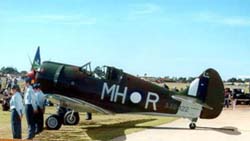 Allied
shipping that was traversing the Torres Strait. 83 Sqn was equipped with
the Australian built Boomerang aircraft, an aircraft that Ron said was
powerful, had a great rate of climb, was very manoeuvrable and was a
joy to fly – all up an excellent aircraft.
Allied
shipping that was traversing the Torres Strait. 83 Sqn was equipped with
the Australian built Boomerang aircraft, an aircraft that Ron said was
powerful, had a great rate of climb, was very manoeuvrable and was a
joy to fly – all up an excellent aircraft.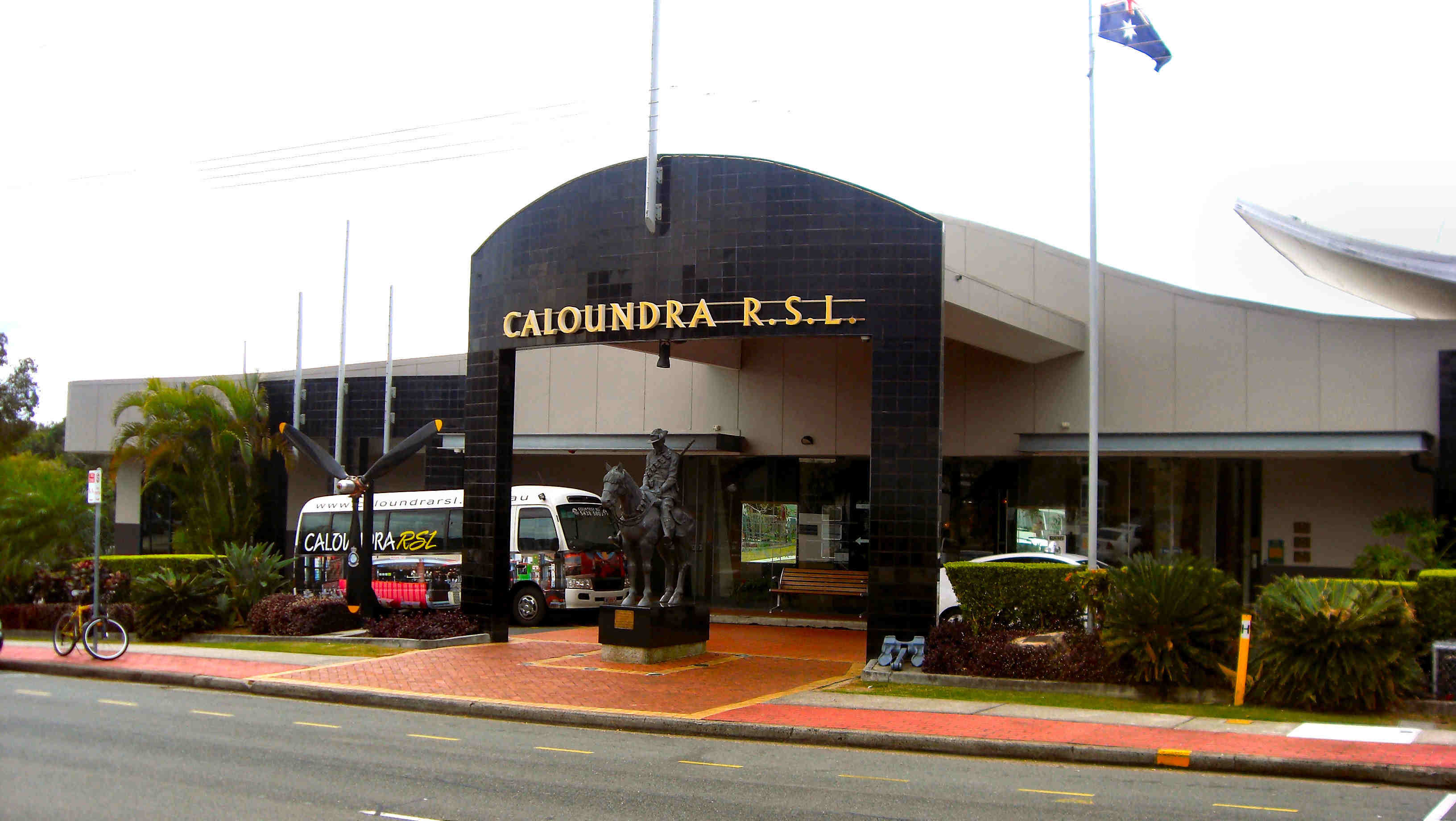
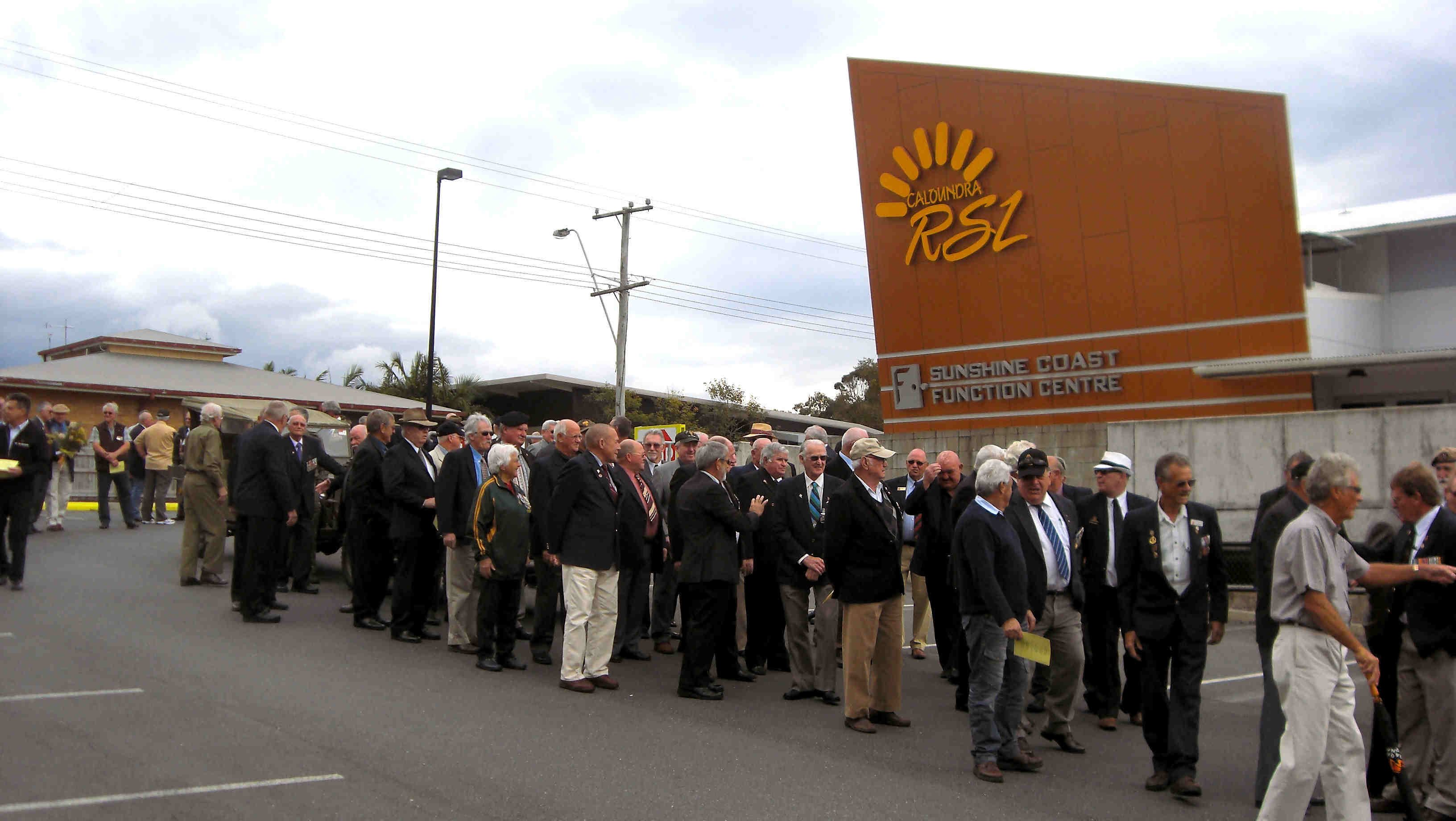
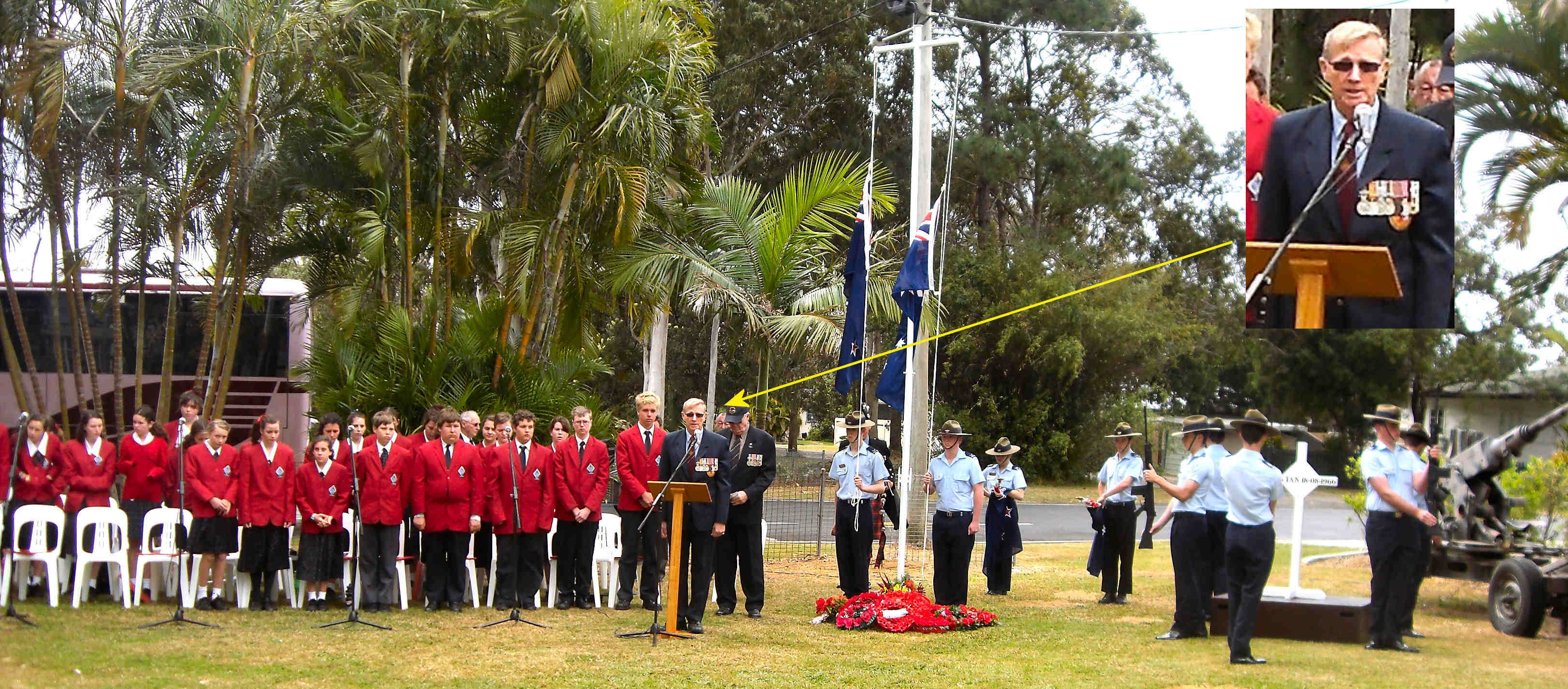
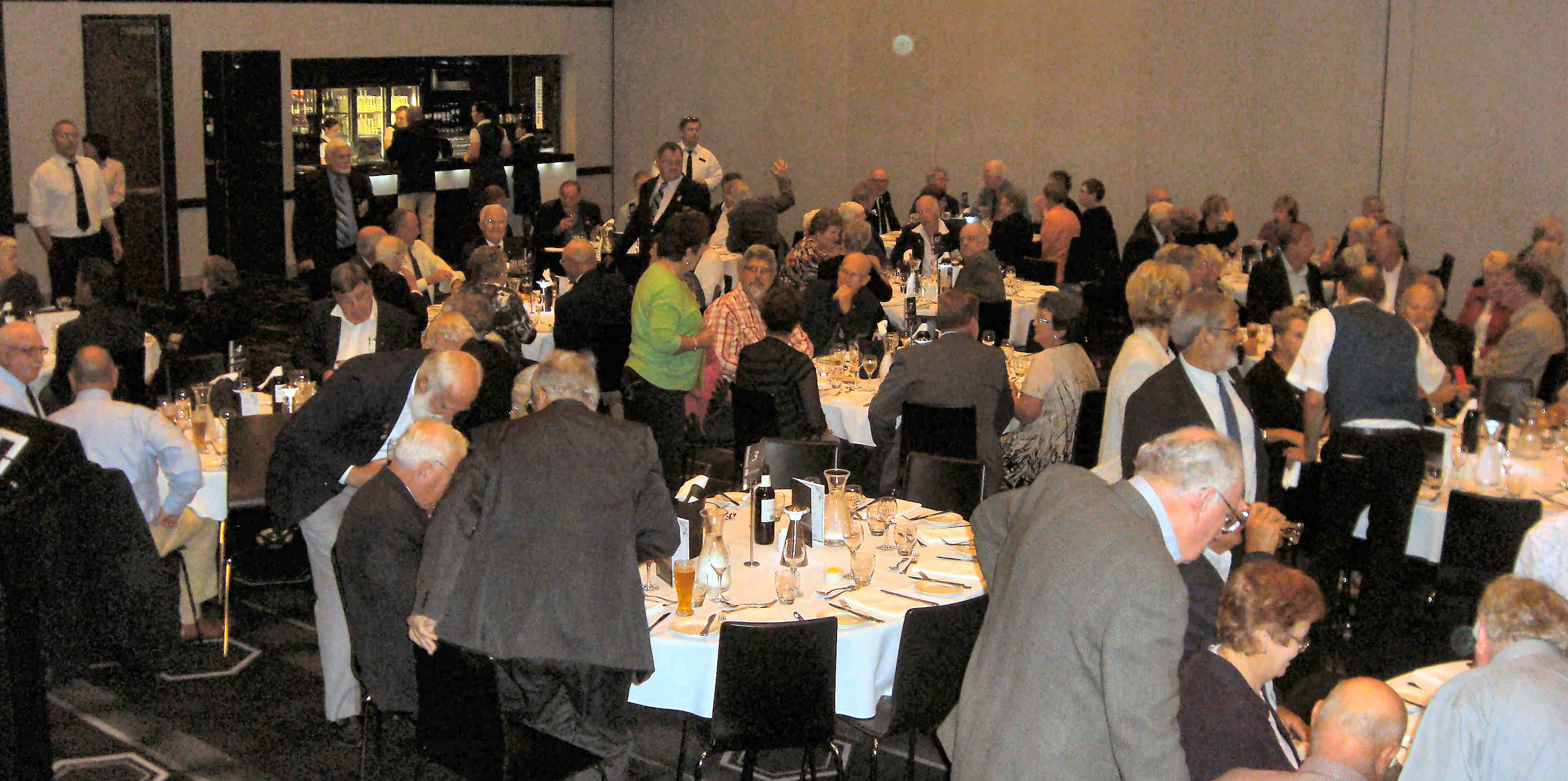
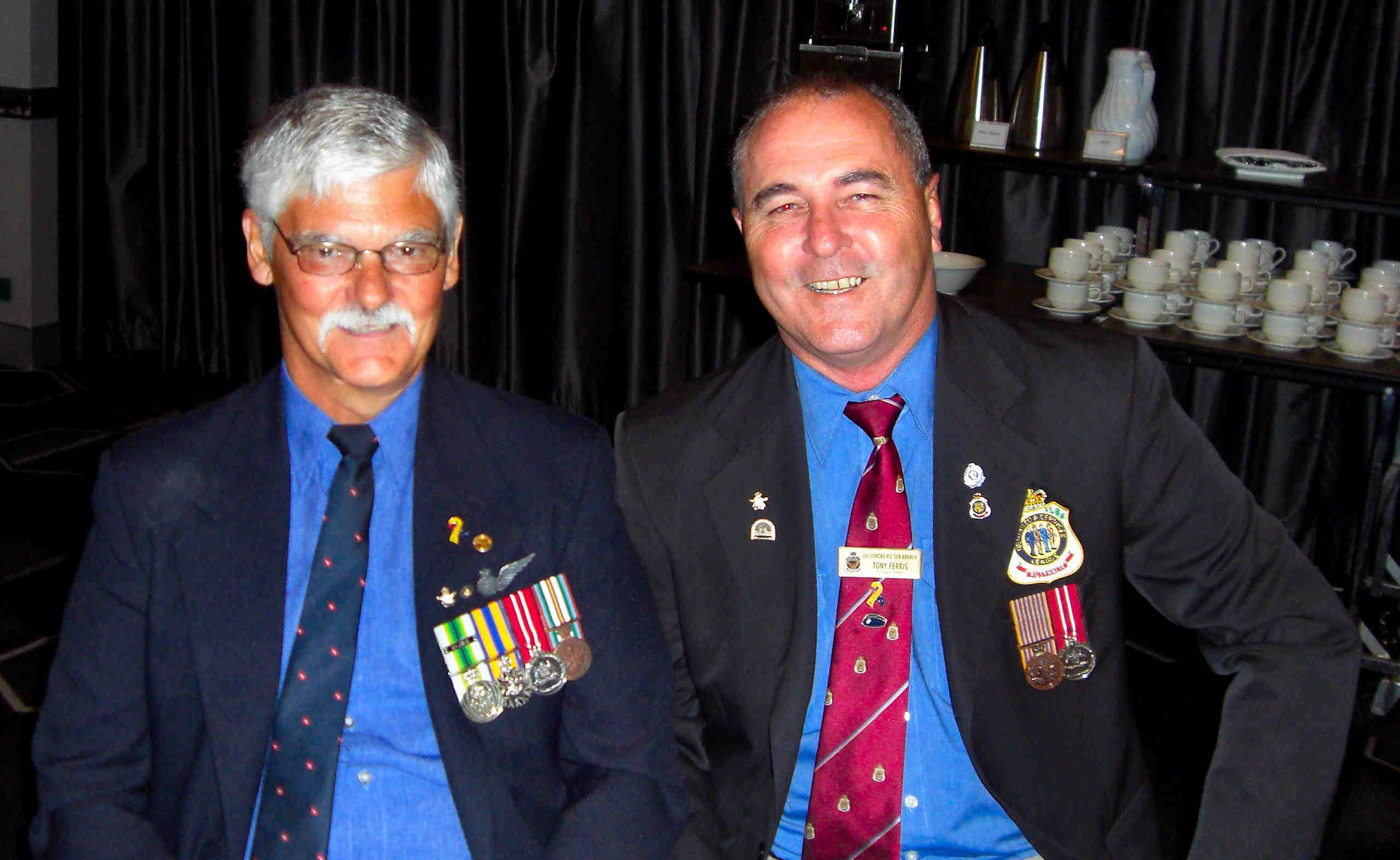
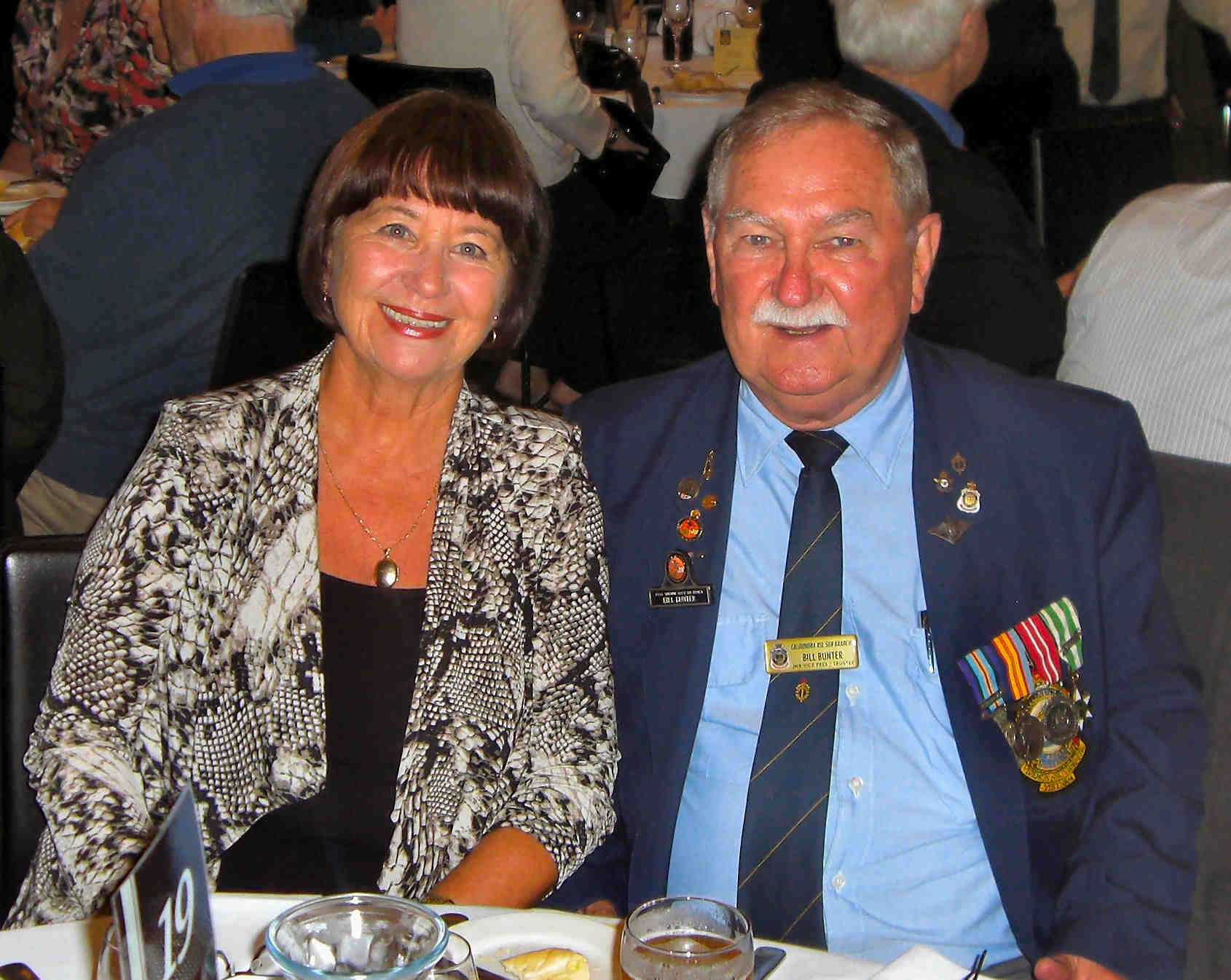
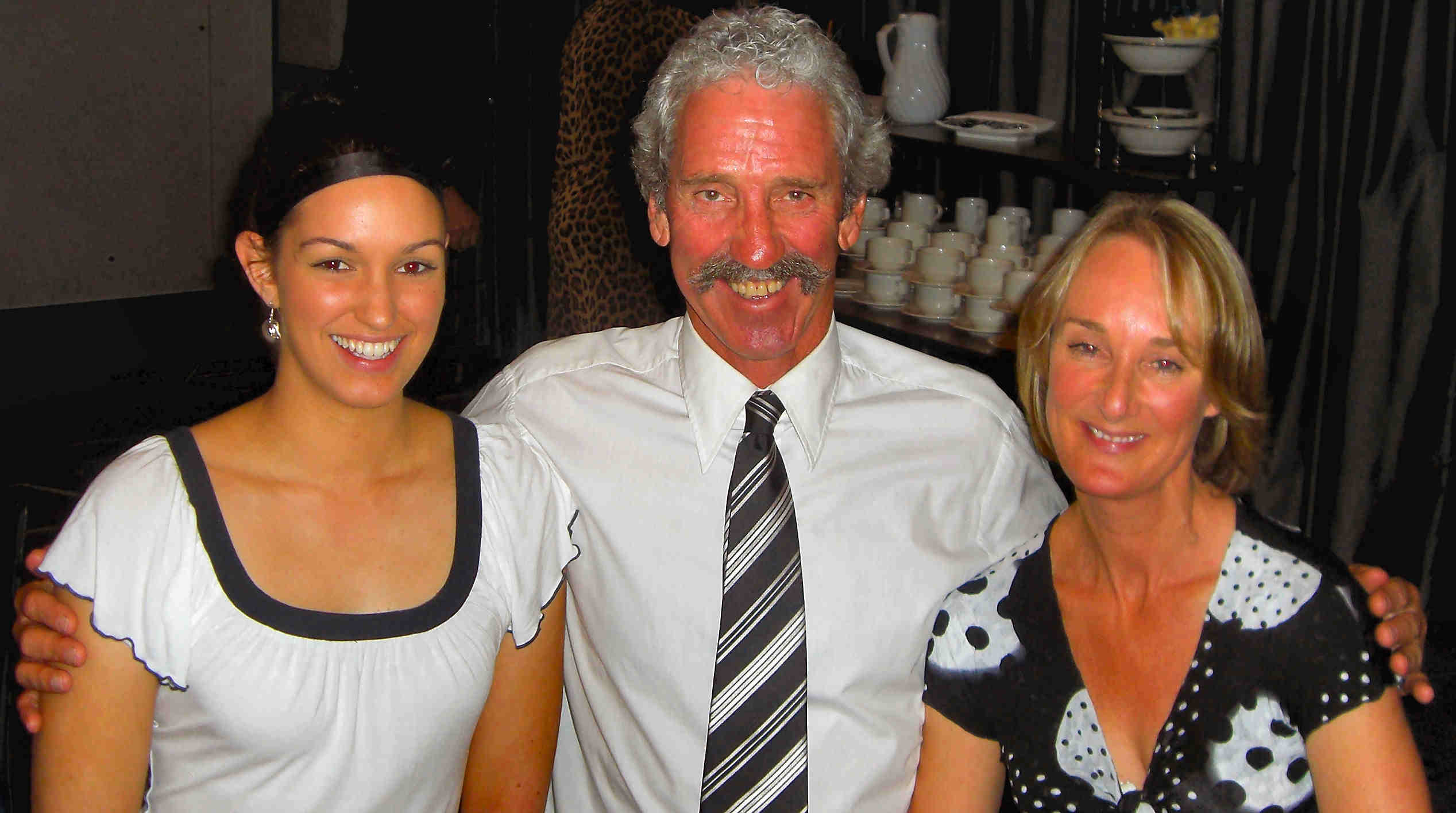
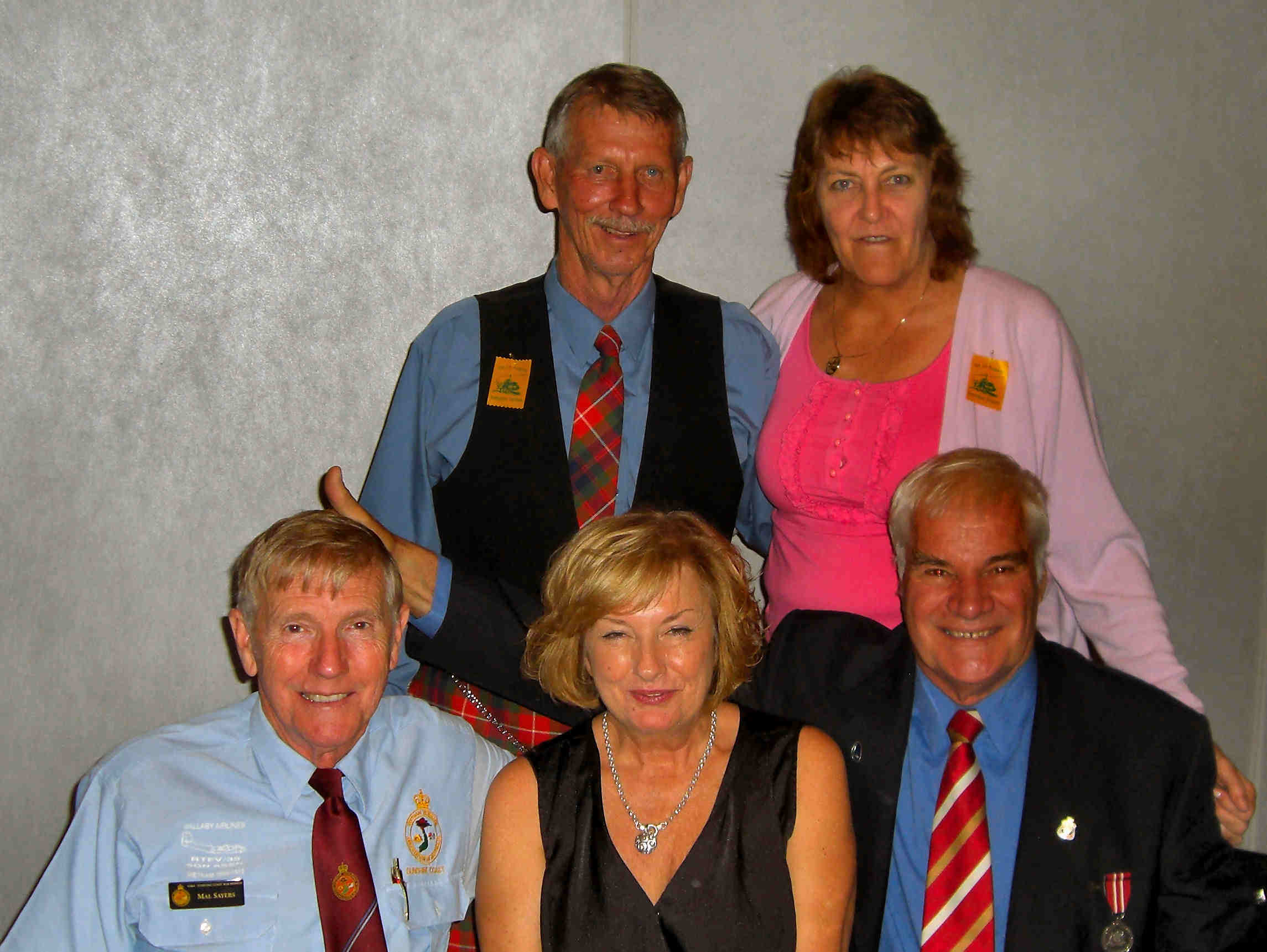
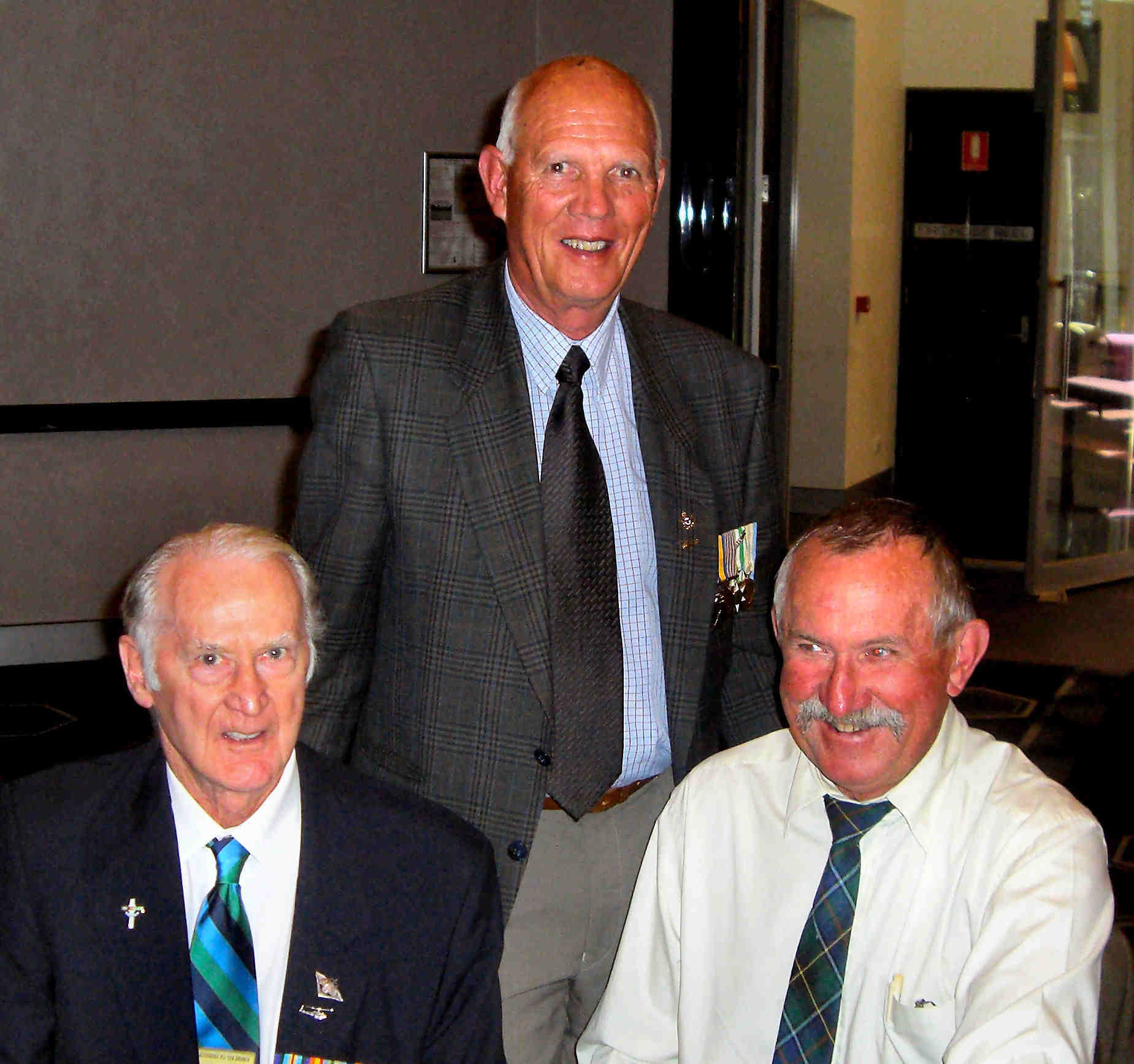
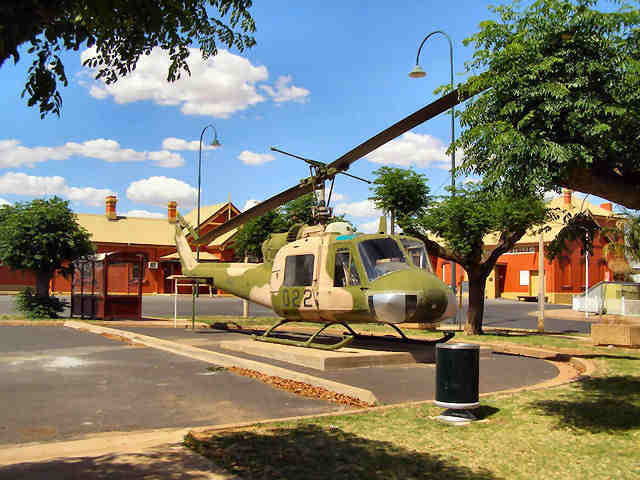
.jpg)
 223 Cadet Squadron at Caloundra where it has been stripped and is being
completely re-built by volunteers and the aim is to have the aircraft on
display at the RSL by early to mid 2012.
223 Cadet Squadron at Caloundra where it has been stripped and is being
completely re-built by volunteers and the aim is to have the aircraft on
display at the RSL by early to mid 2012.